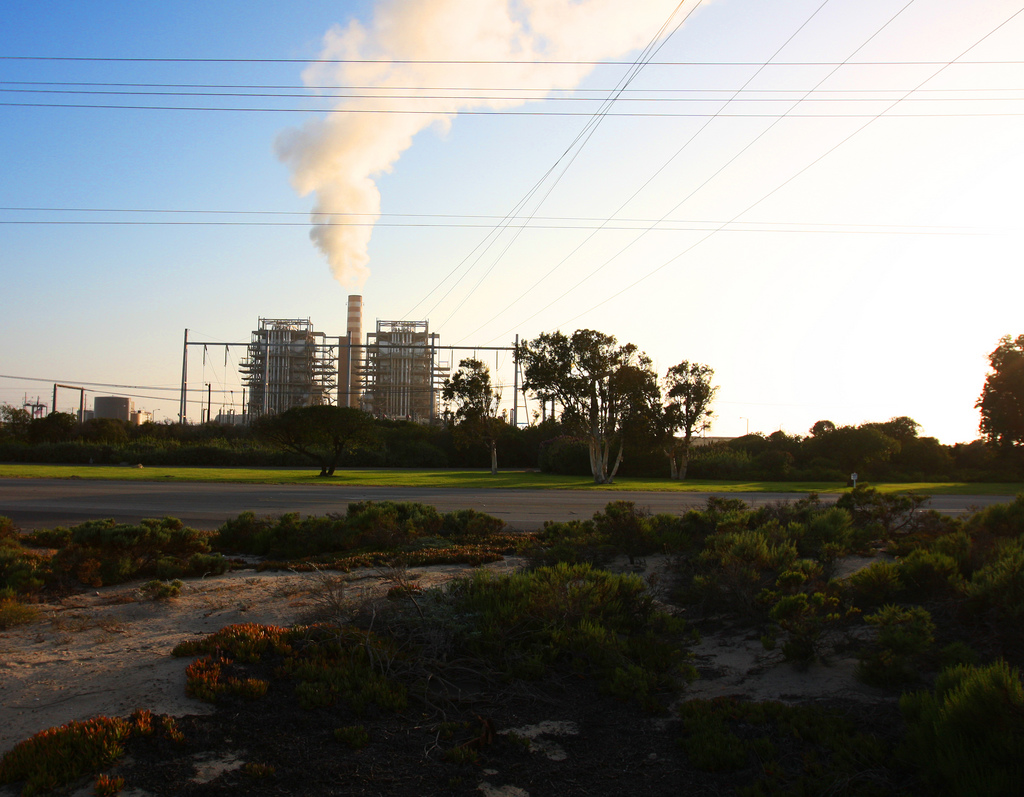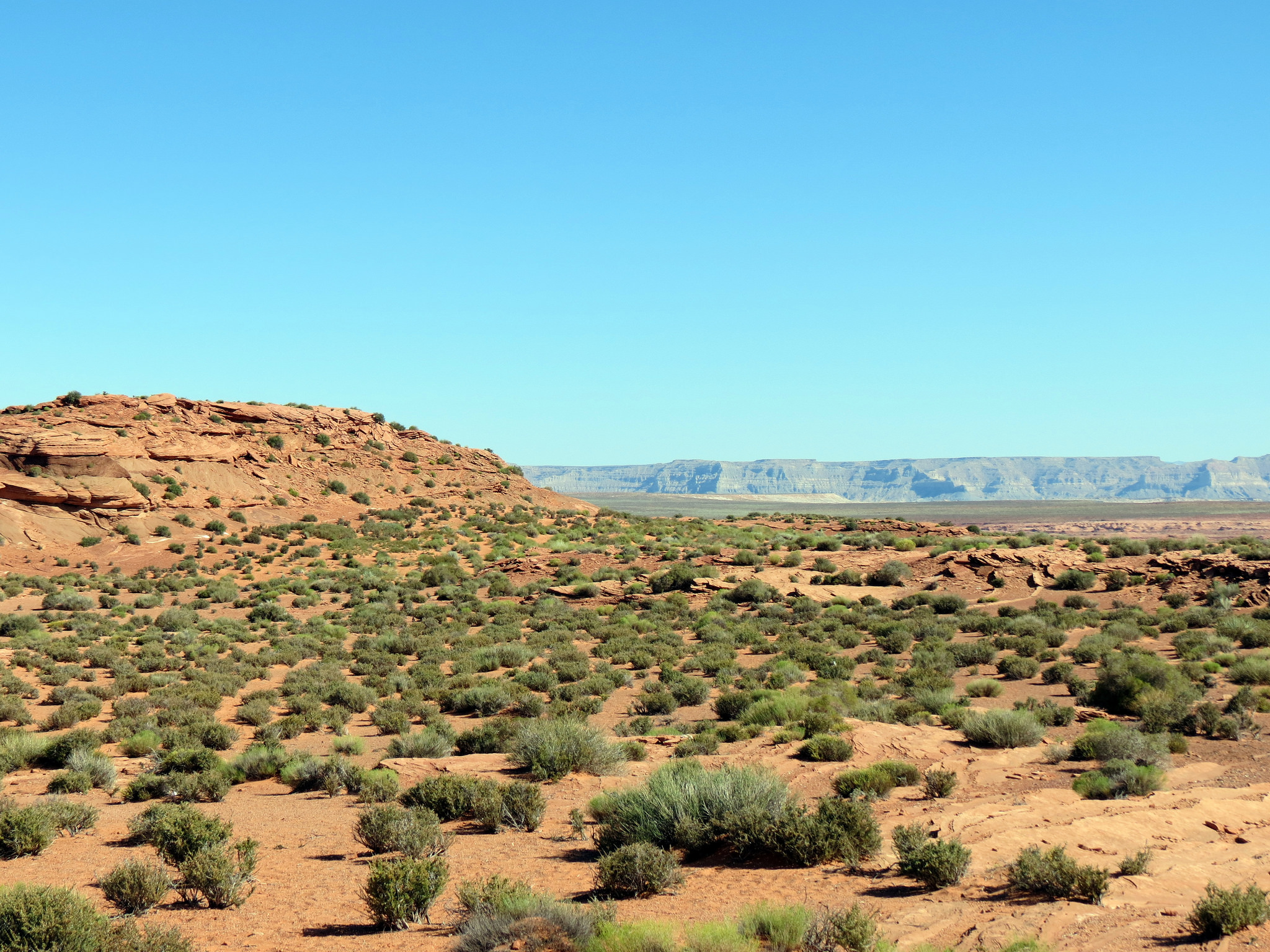The Canadian government has chosen a carbon tax as its national policy to reduce greenhouse gas emissions. This aggressive move could have major repercussions around the world.
carbon
Turning Sunlight into Fuel
When looking at the best ways to meet humanity’s energy needs, there is little doubt that the sun is the ultimate answer. In one hour, the Earth receives enough energy from the sun to meet all of our needs for a year. Despite this fact, the world currently only gets about 1% of its energy directly from the sun.
Small Forests And Climate
Trees are the number one way in which carbon can be removed from the atmosphere and stored in vegetation over the long term. A single tree can absorb CO2 at a rate of 48 pounds per year. Because of this, the carbon footprints of 18 average Americans can be neutralized by one acre of hardwood trees. And it has been found that managed forests accumulate more carbon per acre than unmanaged forests.
Jet Fuel From Steel Plants
Industries around the world are working to reduce their carbon emissions. One very carbon-intensive industry is the airline industry and it is struggling to find ways to reduce its emissions even while air travel continues to be on the rise worldwide.
Disruptive Light Bulb Technology
Investment companies like to talk about the disruptive nature of technologies and how they change industries while simultaneously changing our lives. The growing emphasis on a low-carbon economy has spotlighted a number of technologies as being disruptive in their industry sectors. One hears this frequently when discussing wind and solar power. Clearly, these two technologies are changing the face of the utility industry, but at least at present, they still represent a fairly small fraction of the overall business.
Grass-Powered Cars
Several major automakers are betting on hydrogen-powered cars as the future of personal transportation. The first of these cars are already available in California. What isn’t readily available is the hydrogen to power them. There are very few hydrogen stations out there and hydrogen is pretty expensive.
The Trouble With Burning Forests
President Obama has set 2030 as the target for reducing U.S. carbon dioxide emissions to comply with the Paris Climate accord. Unfortunately, the Senate’s new Energy Bill would allow states to count wood as a “carbon neutral” fuel when drawing up plans to comply with the EPA’s Clean Power Plan.
Clean Fossil Fuel Electricity
Renewable energy sources like wind and solar power are getting cheaper all the time and are, in many places, competing head to head on price with traditional fossil fuel generation. The ultimate goal is to replace polluting energy sources entirely, but even under the most optimistic scenarios, fossil fuel plants aren’t just going to disappear very quickly.
Carbon Counters
The Paris climate agreement last December resulted in commitments by 195 countries to reduce their carbon emissions. The countries around the world made specific pledges to reduce emissions in the form of “intended nationally determined contributions” or INDCs.
Natural Geoengineering
The term geoengineering has started to appear in discussions about how to combat climate change. Mostly, it is used to describe using technology to tinker with the global environment, for example, by artificially enhancing the atmosphere’s ability to reflect the sun’s rays back out into space and thereby cooling the planet.
Pulling Carbon Out Of The Air
The world is increasingly united in the desire to reduce carbon emissions into the atmosphere. There is much emphasis on reducing and someday eliminating our use of fossil fuels, which is the main culprit in the situation we find ourselves in today. More and more we are embracing the use of renewable energy sources to produce electricity and we are starting to slowly move away from internal combustion engines to power our cars.
Primates And Toucans As Climate Allies
Many of us have a soft spot for primates and toucans. These charismatic creatures are prized for their intellect and beauty. But did you know they also play a vital role in combating climate change?
China And Renewable Energy
When it comes to carbon dioxide, three countries are responsible for half of the world’s emissions into the atmosphere: China, the US, and India. On a per capita basis, we are far worse than China, but its population is so huge that that it produces twice as much CO2 as the United States and nearly one-third of the world’s emissions.
Is Natural Gas Cleaner Than Coal?
The widespread use of hydraulic fracturing (or fracking) as well as improved drilling techniques have created a major boom in natural gas production. This unquestionably has positive economic impacts for many. One of the important consequences of this is that natural gas is increasingly taking the place of coal for powering electrical generating plants.
Composting Pays
Many people compost their food scraps and yard waste because they think it is the right thing to do. In some places, like San Francisco and Seattle, there is curbside pickup available to have these organic materials composted.



















